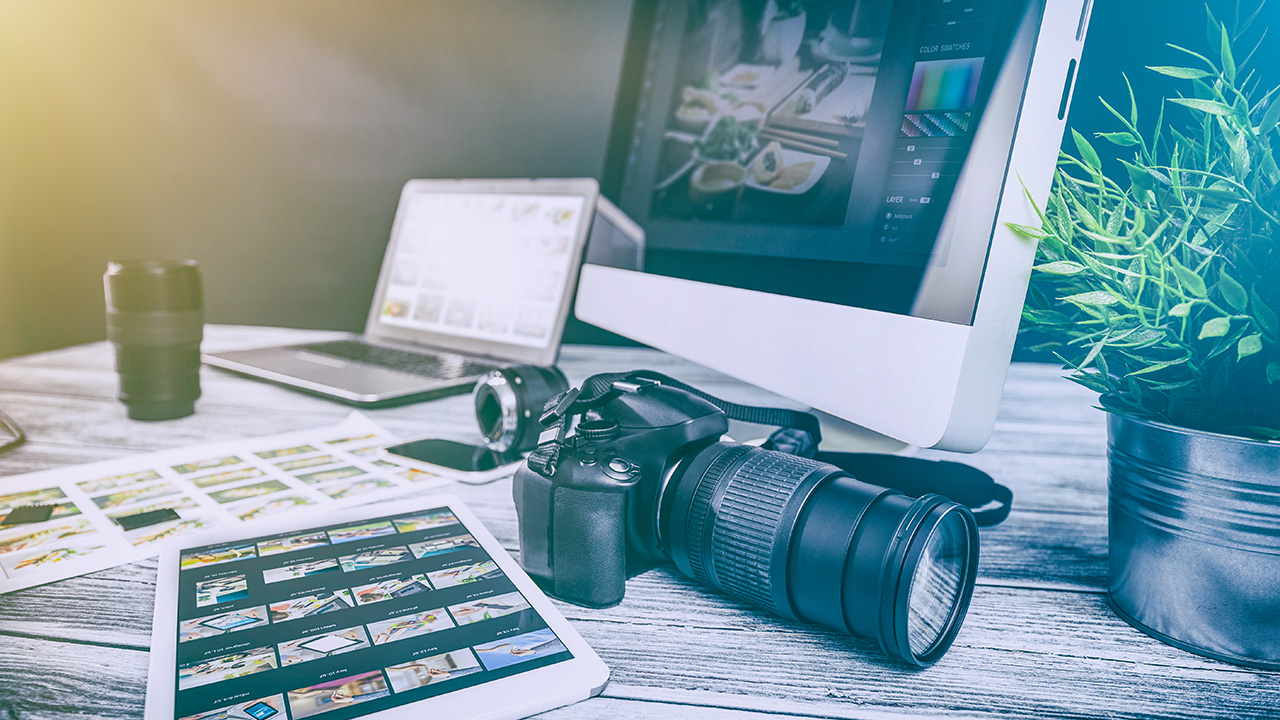
Optimizing Images on Your Real Estate Website
June 28, 2017You already know how important eye-catching images are to your real estate business, but what you don’t know about optimizing those images could hurt your real estate website and your business. We live in an impatient world where instant gratification is the norm, and if a website takes more than a few seconds to load, people will go somewhere else. Worse still, websites that don’t load fast enough get docked by Google which affects your search rank, potentially decreasing your website traffic and lead generation. In real estate, where you’re reliant on big, beautiful pictures to get Buyer’s attention, it’s important to know how to optimize your images so they’re an asset rather than a liability.
Choose the correct size
If you’re uploading images to your website at the native resolution from your camera, they are probably oversized and uncompressed. If your image frame on your website is 600 pixels wide, you should not upload an image at its native pixel width of 4000 pixels wide. If you do, you are forcing your website visitors’ web browsers to scale the image to correct size AFTER the huge file has been downloaded. This can slow down your site’s load times significantly. Instead, resize the image to the correct dimensions, or close to them, before uploading to your website. There are countless programs that can do this, and you undoubtedly have one installed on your device already.
Choose the right file type
Not all image file types are the same. It’s important to know what kind of image you’re uploading. The two preferred file types for the web are…
- PNG is an image file type that preserves image quality completely. It can even be used for images that require transparency, which is common for logos and icons. However, for large photos, PNG is not the best choice since these images are often larger in file size.
- JPG is the best image file type for uploading large images to a website. It is a compressed format to keep file sizes small, and while the compression does cause very slight degradation of image quality, it is an acceptable trade-off for fast load times.
Free Image Editing Solutions
For those of you who don’t have access to image editing software, there are plenty of free solutions. These tools allow you to save your images as different file types and at smaller dimensions for your website.
PIXLR: PIXLR is extremely easy to use and has an app you can download so you can edit images from your phone.
PicMonkey: PicMonkey lets you do a lot of what Photoshop does but much easier. You can also save images at bigger or smaller sizes, depending on whether you’re printing an image (large file) or uploading it to your website (small file).
Other tools include Canva which lets you create images that are the “ideal” size for most uploads whether it’s a blog, a web banner, or even social media. You upload your really big image into Canva, add it to a template, and download the final product in the right format and size for your needs.
Name Your Images for SEO
While loading times are important to keep visitors to your website happy, you don’t want to neglect search engine optimization (SEO) for your images, either. Once you’ve got the right image file type and size for your picture, it’s time to name it well for an added boost for being found in search engines.
Your image file should be named something descriptive after you edit it and before you upload it. The address for a listing, adding the view or room type, is a good way to differentiate the images. When you upload the image, you’ll also be given the option for the Alt tag name. This should be as descriptive as the filename you used to save the picture.
Example: If your image file is named 123-Main-Street-Your-City-Your-State.jpg, then the Alt tag can be the same thing without all the dashes (123 Main Street Your City Your State). If an image is a specific view or room of the same property, include that in the alt tag as well. This will make your image easier to find in an online search which can lead more people to your website.
The most important part of optimizing images for your website is to make sure they’re the right type and size. Big images take forever to load and small ones look bad. It can take some practice and a bit of trial and error if you’re new to image optimization. Finding the right tool to help can make all the difference.

By Michaela Mitchell
Former Communications Director for a local Realtor Association and a big cheerleader for all things real estate related, Michaela is now a full-time freelance writer specializing in real estate and other business industries. When she's not writing the serious business-y stuff, she's likely to be found writing about the hilarity of being a Mom to two rowdy boys.
